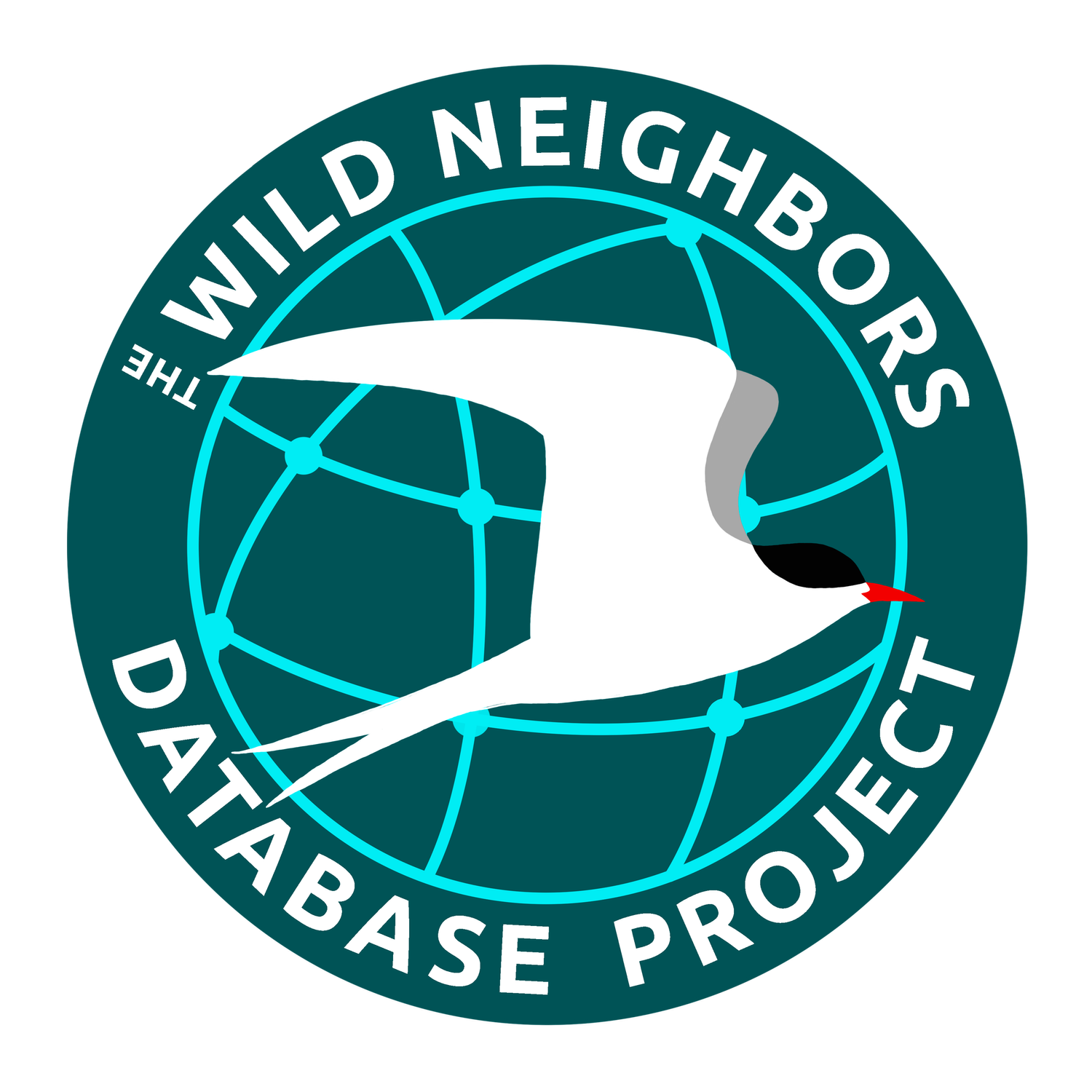Enhanced Wildlife Disease Surveillance in California
Nearly six years ago, when we first set out to create WRMD, we set a few priority goals. We first wanted to provide wildlife rehabilitators with an amazing, simple, and free database to help them with their daily record keeping needs. We also wanted to create an interface to aggregate data across multiple organizations and to allow for the entire community to benefit from their shared data. We wanted a tool that could help wildlife rehabilitators identify emerging wildlife trends and communicate those trends out to a network of rehabilitators and other wildlife professionals. We are proud to introduce the beta release of WRMD Investigator and its pilot program Enhanced Wildlife Disease Surveillance in California!
Thank you once again to those centers who indicated their willingness to partner with us on the Enhanced Wildlife Disease Surveillance project! This week, we are launching the enhanced wildlife disease surveillance system using the new surveillance platform in WRMD.
This system is the first of its kind, to facilitate real-time monitoring of wildlife diseases and mortality events in California wildlife. Information arising from the enhanced surveillance will be made available to the network of collaborating wildlife rehabilitation centers in order to increase awareness of wildlife health events throughout the state.
The new platform to be used for the project aggregates data from our network of partner centers on a weekly basis and detects and alerts investigators to potential unusual wildlife health events (e.g., disease outbreaks). The data to be aggregated from participating centers includes admission date, reason for admission, location found, diagnosis, age, disposition, and clinical signs on initial exam.
Depending on the circumstances of the alert, the Wildlife Health Center and CDFW will be reaching out to partner centers to follow-up with collaborative investigations. Please note that this project doesn’t require extra effort for centers and personally identifiable information and information related to treatment/management of cases is not accessible to investigators or partners.
If your center is interested in participating in the study, it is not too late to join our list of partners. If interested, please email Devin at devin.dombrowski@wildneighborsdp.org.
Threats to wild animals are increasing at an alarming rate. There is a critical need for increased monitoring of impacts of these threats on wildlife species, especially species that are difficult to monitor. In California, centers collectively rehabilitate ~ 500 different species of wild animals annually and are uniquely positioned to contribute significant information about threats to a diverse range of wildlife species in the state!
Thank you for your support and please let us know if your center is interested in participating in the study!
Devin Dombrowski, Wildlife Rehabilitation MD DeveloperWild Neighbors Database Project (WNDP)
Terra Kelly, Wildlife Veterinarian and EpidemiologistKaren C. Drayer Wildlife Health CenterUniversity of California- Davis, School of Veterinary Medicine
Nicole Carion, Statewide Wildlife Rehabilitation CoordinatorCalifornia Department of Fish and Wildlife
